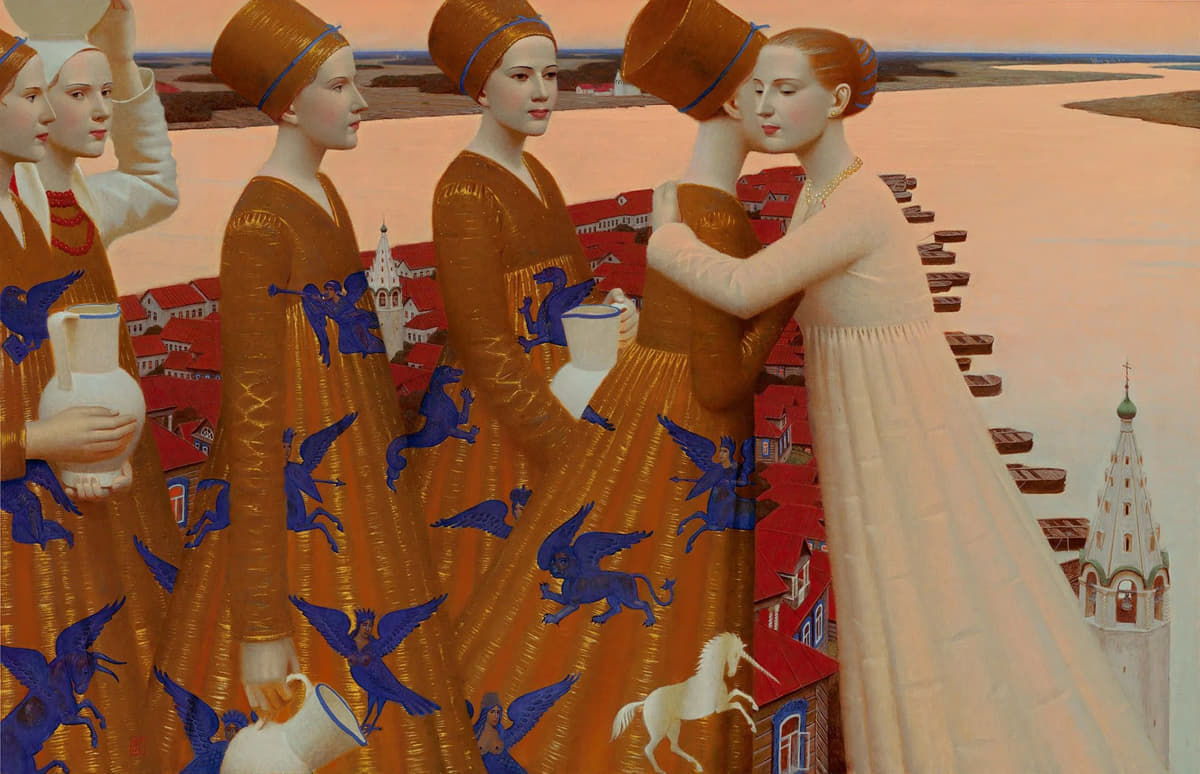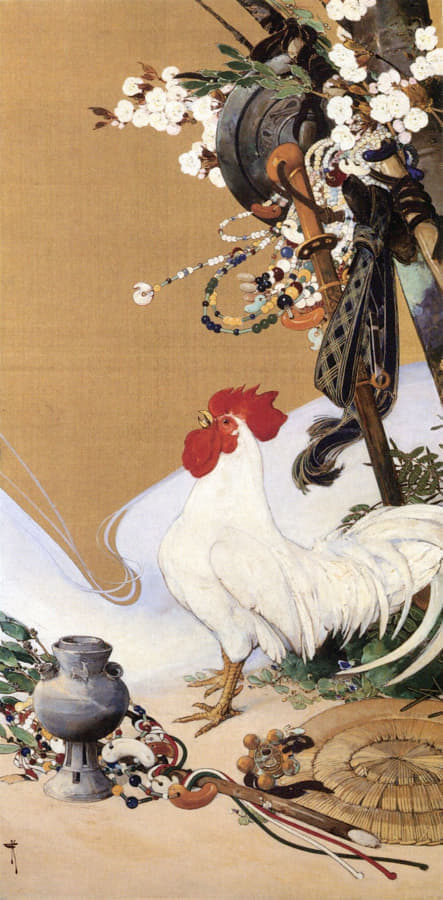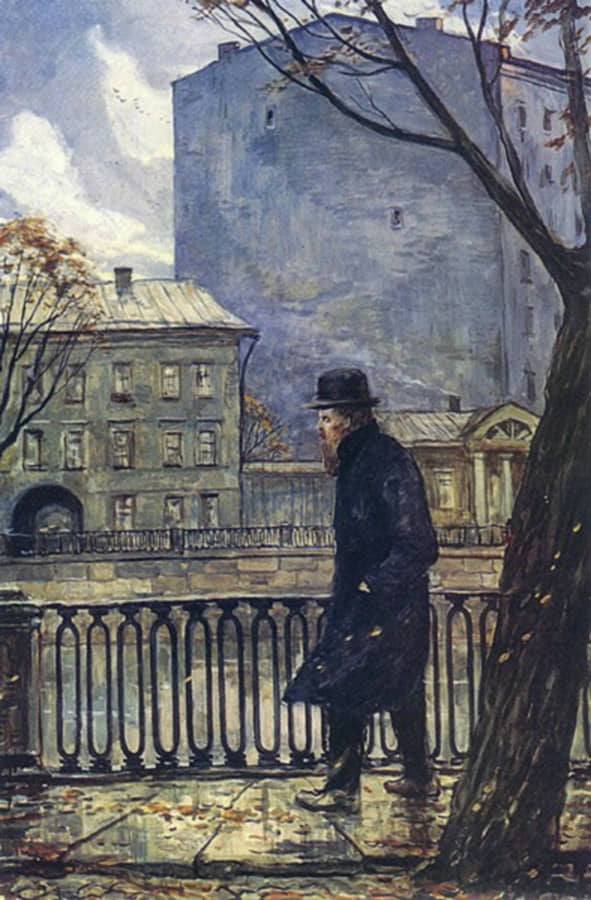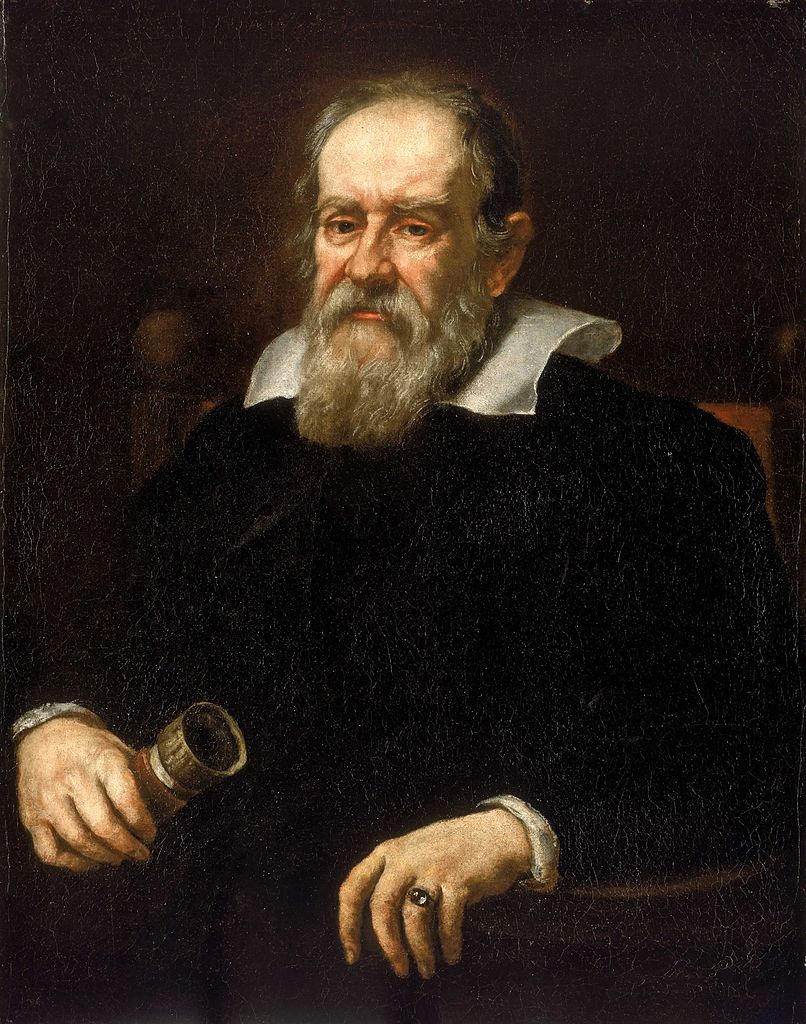In his 1938 book, Europe and the Soul of the East (Europa und die Seele des Ostens—translated as Russia and Western Man), the Latvian writer of German origin, Walter Schubart, questions the possibility of a spiritual rebirth of the West compromised by Promethean ideology. In his eyes, the heroic man, that is to say the man who submits the world to his will, has run out of steam and must give way to the Messianic Man who alone will be able to reconcile the East and the West.
The spiritual decline of the West is a fact. Since the advent of what is usually called “modern times,” old Europe has abandoned making belief in God the condition of the possibility of the common good and of human life. The Promethean era—named after the Titan who stole the divine fire to give it to men—has reversed all values to make materialism, individualism and technical progress a new trinity. The superhuman has replaced the divine as the philosophical horizon. But the man who conceives himself as his own measure is exhausted and the 20th century has shown that the West has been irremediably attracted by its own destruction.
Therefore, where can we find the resources for the spiritual recovery of Europe? How to reinject spirituality into the worn-out carcass of Promethean Man? In the eyes of Walter Schubart, the salvation of the West must come from the East—and, more precisely, from that country torn between the two worlds since the reforms of Peter the Great—Russia. To the figure of the Promethean Man—of which Napoleon was the most perfect incarnation—Schubart opposes the figure of the Messianic Man.
Let us specify above all that for the author of Europe and the Soul of the East, history is cyclical and is divided into four ages. Each age produces a prototype of man who is characterized by his relationship to the universe: the Harmonious Man, the Heroic Man, the Ascetic Man and the Messianic Man. The Harmonious Man, the ideal of ancient Greece and China, does not perceive the heterogeneity of the spiritual and the material as a source of conflict. He contemplates the universe with love and is fully satisfied with the order of things. For him, “the problem of the meaning of history is already solved,” specifies Schubart.
The Heroic Man, the model of ancient Rome and modern Germany, sees chaos when he looks at the world. He wants to order what surrounds him, to make it conform to his will.
The Ascetic Man, on the other hand, considers material existence as a lure and turns away from it to devote himself solely to the spiritual. His objective is to live outside the world and within himself, while waiting for physical death. The Hindus and the neo-Platonist Greeks had adopted this philosophy.
Finally, the Messianic Man wants to bring about the Kingdom of God on earth and relies on an inner mysticism. To do this, he must reconcile what has been separated, through the love he carries within himself. The early Christians and the Slavs are emblematic of this temperament.
Schubart also breaks down the last millennium of the West into two ages: the Gothic Age, which was dominated by the Ascetic Man, and the Promethean Age, which was and still is dominated by the Heroic Man. In his eyes, the Promethean Age has run out of steam and must give way to the Johannine Age (of Saint John) which has the Messianic Man as its model. The Promethean age, as we have said, is characterized by man’s desire to detach himself from God: “No matter that Western man finds his destiny in the economy, or even in politics or in technology, he is certain that he no longer finds it in spirituality, nor in divinity. He has definitively renounced a spiritual attitude towards life. Attracted by material powers, he has finally succumbed to the forces of the earth—he has made himself a slave of matter,” writes Schubart. The contempt for the material that characterized the Gothic Age and its Ascetic Man is mirrored by the contempt for the spiritual that characterizes the Promethean Age and its Heroic Man.
Russia: A Link between East and West
The Johannine Age that the author calls for must therefore be envisaged under the sign of unity, in accordance with the temperament of the Messianic Man: “The Messianic Man does not act out of a spirit of domination, but is guided solely by a constant concern for conciliation; the feeling that animates him is love. He does not seek to divide in order to rule, his concern is to unite what has been separated,” emphasizes Schubart. For the Messianic Man, in this case for the Slavic soul, the spectacle of a fragmented world is unbearable. The separation of the material from the spiritual, of the soul from the body, of man from nature, and ultimately of man from God, strikes him with a deep sense of longing. The Messianic Man wants to recover the lost unity that was the joy of the Harmonious Man: “The image of the Universe that the Harmonious Man has of it is more or less the same as that which the Messianic Man had of it. However, whereas the one has already reached the goal, the other still seeks to reach it in a very distant future; both consider the Universe as the beloved being to whom they give themselves in order to unite with it.”
It is the Russians who have the task of turning the West from the Promethean to the Johannine Age, precisely because the Slavic soul—because it is fundamentally Eastern—is impervious to materialist and atheistic doctrines. Written in 1938, the thesis of Europe and the Soul of the East immediately raised an objection—why should salvation come from Russia when the Soviet Union has achieved on earth the exact opposite of what Messianic Man has a right to expect? Communism has turned materialism, atheism and technical progress into a state ideology: “The Russians, who are faithful to the Church, see in the Soviet Union the ‘Kingdom of Antichrist,’” responded Schubart.
For the author, the contradiction is merely superficial. Bolshevism is, according to him, only a vast enterprise of sabotage of the Promethean ideal. Schubart held that the advent of the Soviet Union was merely a harmful consequence of the Occidentalism which has been trying to impose itself on the Russian mentality since Peter the Great. The monstrous character of the Soviet Union resided precisely in this contradiction between the Slavic soul and the Promethean ideal: “The Russian is carried by a living feeling of universality. The contemplation of the steppes without limits always brings back his glance towards the infinite one. It will never be able to put itself in harmony with Promethean culture whose fundamental base is egocentrism and which supports individual emancipation or—what amounts to the same thing—the decline of the gods.”
The Unsinkable Russian Soul
Similarly, state atheism advocated by the communist regime had no hold on the deep convictions of Russians: “The absence of religious feeling, even within religions—this is the characteristic of contemporary Europe. The persistence of religious feeling, even in a materialistic ideology, is the characteristic of the Russian Soviet world. With the Russians, everything has a religious character, even atheism,” writes Schubart. This paradoxical formula translates a deep truth: the Russian man cannot do without religion, even when he renounces it. Schubart relied on Dostoyevsky’s Demons to support his point. Indeed, Stavrogin and Kirilov deploy, each in their own way, a mystical impulse in their enterprise of negation of divinity. Despite their respective nihilism, they position and define themselves only in relation to God. Unlike Westerners, they cannot be indifferent to this question.
Finally, the historical failure of communism, which Schubart did not see in his lifetime but which he foresaw, is a demonstration by the absurd of the intrinsically spiritual character of the Russian mentality: “Russia has provided the world with proof that a culture without God is doomed. It has also proved that the autonomy of the individual is an illusion,” says Scunart. And it is this unsinkability of the soul which can allow Russia to realize the synthesis between East and West, between the metaphysical spirit and the Promethean spirit, between faith and reason: “…modern Europe is a form without life—Russia is a life without forms. In the first case, the soul has abandoned the body and left an empty carcass. In the second case, life has destroyed the forms that hindered it.” Messianic Man—”the perfect man,” says Schubart—of the Johannine Age must above all be understood as a reconciled man, as a man who reaches out with all his might toward the lost harmony of Homer and Lao Tzu, even if it means finding the apocalypse in his path.
Matthieu Giroux is a Dostoyevskian sovereignist and the editorial director of PHLITT. This article appears through the generous courtesy of PHLITT.
Featured: “Strelka,” by Andrei Remnev; painted in 2015.



